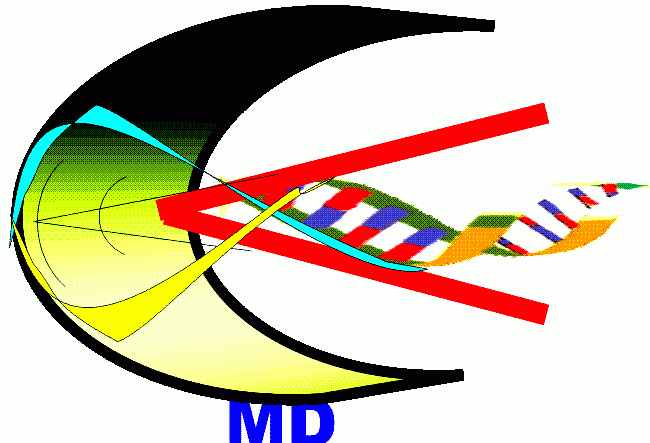Tel (999) 254 0404/926 0207
cel(urgencias) 99 92 23 3623
Sucursal Mérida,
Yucatán.

Una distrofia de la retina es una enfermedad hereditaria. Existen dos estatus, los afectados y los portadores.
Los pacientes con distrofias de la retina deben realizarse un examen anual, ya que la presentación de quistes maculares es fácil de tratar cuando se detecta a tiempo y mejoran la visión central. Es parte de la patología de la distrofia, sin embargo, esta manifestación es fácilmente controlable con pastillas o con gotas. Normalmente el paciente no nota cambios pues los quistes se instalan muy lentamente. Es el retinólogo especialista quien las detecta y podrá proporcionarle un seguimiento.
Las últimas noticias sobre los estudios preclínicos y la terapia genómica han sido presentados este 2014 en el congreso de ARVO (Association in Research Vision in Ophthalmolgy).
Todo paciente con distrofias debe conocer su tipo molecular.
Valproic acid. The trial did show improvement in average visual acuity (how clear vision is) after three months of taking valproic acid (400 mg daily for 3 months) with an improvement of about 5 letters on a standard eye chart. There was a slightly added improvement (about one more letter on average) after months of treatment. A measurable increase in retinal sensitivity reported was not evident at either time period. The person’s vision returned to baseline fairly quickly after they stopped taking the treatment. In this preliminary report, there was really no detail offered about the variation between individuals receiving the treatments. We don’t know if some individuals did considerably better than others.
These results build on the first small study of valproic acid involved six people with autosomal dominant retinitis pigmentosa, particularly mutations in the RHO gene. However there is growing evidence that valproic acid may be a useful treatment for some types of retinitis pigmentosa and not for others. Dr. Orson Moritz, a researcher at the University of British Columbia has been exploring this question with funding from the Foundation Fighting Blindness.
Dr. Moritz tested valproic acid treatment in tadpoles whose vision was damaged by different genetic mutations all within the RHO gene. He found that valproic acid treatment had a powerful beneficial effect on eyes damaged by one type of mutation and a strong negative effect on eyes damaged by another type of mutation. For two other mutation types, the drug had minimal effect.
These results suggest that valproic acid treatment will need to be carefully targeted to certain genetic types of autosomal dominant retinitis pigmentosa.
Source:
Satoshi Iraha, Yasuhiko Hirami, Sachiko Oota, Michiko Mandai, Hidenobu Tanihara, Masayo Takahashi and Yasuo Kurimoto. The efficacy of valproic acid for retinitis pigmentosa patients. ARVO Abstract #1390 - A0247.
Ruanne Y. Lai, Zusheng Zong, Beatrice M. Tam, Chris May and Orson L. Moritz. Opposing effects of valproic acid treatment in four animal models of retinitis pigmentosa. Abstract #4370 - C0153.
Especialistas en retina
Oftalmo-pediatría
Retina-genómica
Baja visión